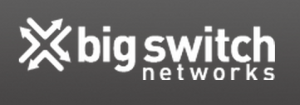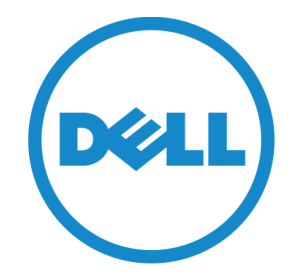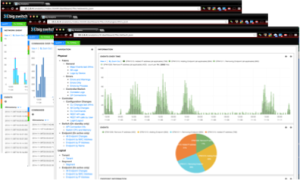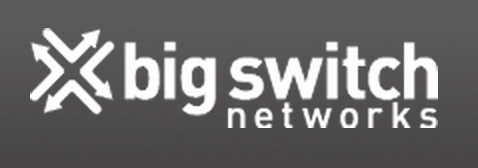
Cool news today from BigSwitch who have taken some big steps forward with their rather awesome Big Cloud Fabric (BCF) solution.
Building on the existing features of BCF 2.0 that was announced last July (see my post on the BCF launch for more details), version 2.5 adds some pretty good new features and a surprise partner.
BCF 2.5 New Features
VMWare vCenter Support
BCF now supports VMWare vCenter. BigSwitch sees an Ethernet fabric as a complementary technology to VMWare’s NSX, not a competitor; very wisely they would like to be the underlay while NSX provides the overlay. The BCF controller integrates right into vCenter so that network configuration can be automated with the virtual environment, and the controller provides a single interface to the entire fabric.
CloudStack / OpenStack
The original BCF supported OpenStack. BCF 2.5 now has more elements of OpenStack (Juno) support and adds CloudStack support. With this and the vCenter integration, BCF has positioned itself quite nicely for full server and switch automation.
Brite Box Switching?
My first question when I heard about this was “What on earth is Brite Box switching?” It turns out that somebody somewhere coined the phrase “Brite Box” as a shorthand for “Branded White Box”. Yeah, I’m not sure about that one. Still, in this case the brand in question is Dell and BCF 2.5 supports the Dell Networking S6000 switch. Looking at the specifications, this switch is very much like the existing Accton spine switch that Big Switch supports, but with one big difference:

Think about it; what is one of the biggest objections to white box switching? Customers are hesitant to buy switches from unknown brands. Problem solved! If Big Switch also add other vendors in the future we might reach that hallowed land where you get to choose hardware from one of a number of vendors and software from another. We’ve seen a bit of this recently with Juniper’s release of the OCX1100 switch which places Junos (or a version of it, at least) on hardware built by a third party ODM (Alpha). Might we see BCF running on the OCX1100 hardware next?
BCF 2.5 now allows more flexible placement of switches in the leaf/spine topology. Previously the spine had to be 40G switches, with 10G switches at the leaf. Now you can mix and match 40G and 10G as you please, allowing the use of 10G as a low cost spine for initial smaller deployments, and reducing the cost of entry to the BCF solution. Additionally the software now supports the use of 40G breakout cables, opening up the possibility of quite high density 10G switching.
For support, BigSwitch assured me that they are the ‘one throat to choke’ for the Dell Switch; there’s no finger-pointing or ambiguity in who to call. I really like this step for Big Switch, and I can’t help feeling that their presence in Dell’s networking catalog will lead to more customers giving Big Switch a try.
Handy Dandy Starter Kits
The simplest way to get new customers to try our your product is to sell a nice little starter kit, so that’s what Big Switch have done. Coming in at $39k (2 leaf switches, 1 spine and 1 controller) and $99k (2 pairs of leafs, 2 spines and 2 controllers), the starter packages might be the perfect way to turn a proof of concept into a new production network.
Fabric Analytics
Since the whole fabric has a single point of control, the opportunity to provide network-wide analytics is sitting right there on a plate, and Big Switch are looking for hungry diners. BCF 2.5 adds a new Fabric Analytics module that looks like it’s going to be very helpful for – among other things – those “what happened 5 minutes ago?” type of questions.

BigSwitch promise many predefined reports as well as the ability to create your own, but until I have a chance to try it out I’ll have to take their word for it. The BSN Labs environment should get this update soon too, and hopefully I’ll be able to test and report back (with better quality images, too!).
My 10 Bits
Sorry to sound a bit like a press release here; it’s hard to get out all the new stuff without sounding like a PR person. The bottom line is that if I weren’t excited about these developments, I likely wouldn’t bother writing about them. Big Switch already have a solution that is pretty easy to configure and manage, and is certainly very capable. The 2.5 release adds integrations and capabilities that simply make it even more attractive as a switching solution in an orchestrated environment, and add a branded switch to the mix as well. Big Switch is getting bigger, and their threat to the incumbents is growing with them.
Disclosures
I attended a short pre-release briefing hosted by Big Switch. My opinions remain my own, and as usual there is no quid pro quo for this stuff.


Leave a Reply